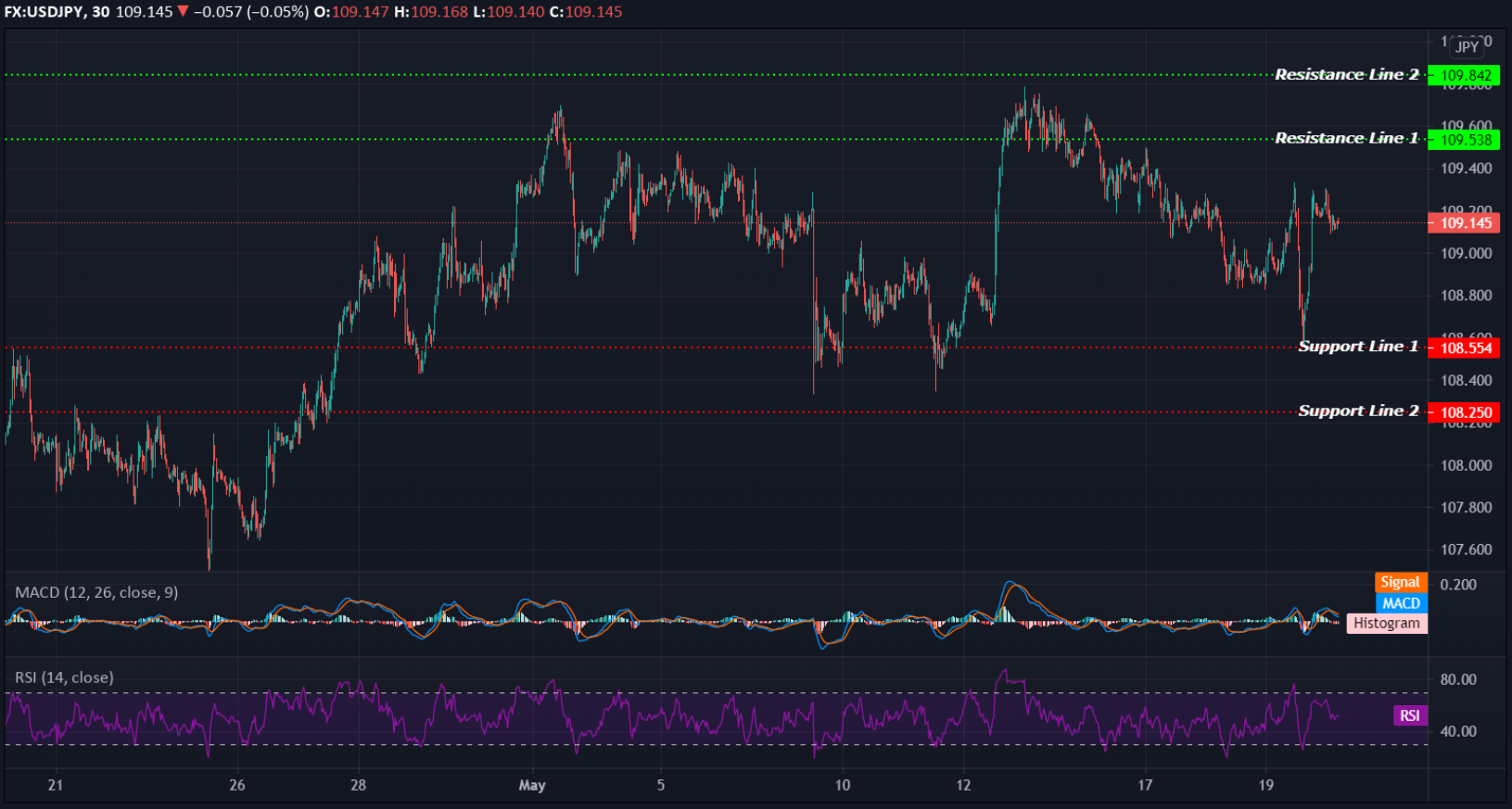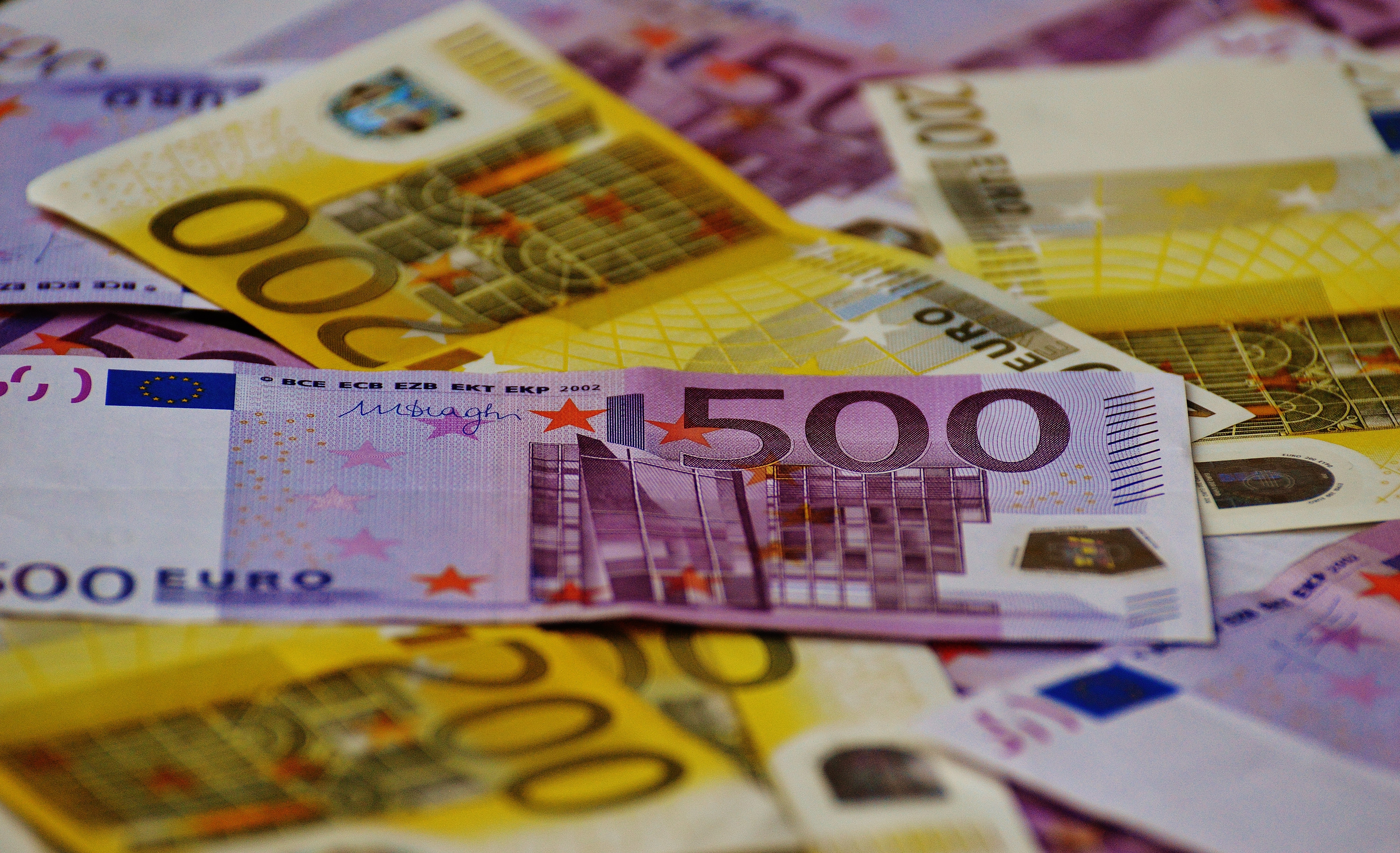EQUITIES
Shares in Asia-Pacific were mixed on Thursday trade. Australia’s S&P/ASX 200 led gains among the region’s major markets as it rose 1.12%. The Singapore’s FTSE Straits Times Index added 0.32% and the Nikkei 225 in Japan was largely flat.
Elsewhere, the mainland Chinese stocks dipped, with the Shanghai composite down 0.29% while the Hang Seng index in Hong Kong shed 0.74%. The South Korea’s KOSPI declined 0.47% and the India’s S&P BSE Sensex index slipped marginally, down 0.03%.
Overnight on Wall Street, the Dow Jones Industrial Average fell 0.48%, to 33,896.04, the S&P 500 lost 0.29%, to 4,115.68 and the Nasdaq Composite dropped 0.03%, to 13,299.74.
OIL
Crude oil remained under pressure near a 3-week low on worries about fresh COVID-19 curbs in Asia crimping demand, with traders also concerned about growing supply from the U.S. and Iran.
The Brent crude futures traded at $66.72 per barrel, and U.S. crude futures traded at $63.53 per barrel.
Overnight, the Brent closed at $66.66 while WTI ended at $63.36 per barrel.
CURRENCIES
The dollar’s index bounced back from Wednesday’s 3-month low to 90.13, while benchmark U.S. Treasury yields rose to a 1-week high after the Fed minutes.
The 10-year Treasuries yield at 1.661%, compared with around 1.65% just before the release of the minutes.
Bitcoin and ether were struggling for support. Overnight, the two main digital currencies fell as much as 30% and 45%, respectively, before scaled back.
GOLD
Gold prices were flat on Thursday, hovering below a more than 4-month high hit in the previous session, as the dollar firmed, and U.S. Treasury yields rose.
The spot gold rose to trade at $1,875.70 an ounce and slipped to $1,876.90 per ounce for gold futures. Previously closed at $1,869.30 and $1,881.50, respectively.
ECONOMIC OUTLOOK
Stock markets struggled for traction on Thursday after a jittery session on Wall Street where a hint of tapering talk from the U.S. Federal Reserve drove selling in the bond market and lifted the safe-haven U.S. dollar.
The minutes of the April 27-28 meeting published Wednesday showed the Fed beginning to wrestle with the emerging difficulties of getting the $20 trillion U.S. economy fully reopened after the disruptions caused by the coronavirus pandemic. A number of policymakers thought if the U.S. economy continued rapid progress, it would be appropriate "at some point" to discuss tightening its accommodative policy.
Fed officials initially pledged to keep their ultra-loose, crisis-fighting policies in place, betting that the unexpected surge in consumer prices last month stems from temporary forces that will ease on their own, and that the U.S. jobs market needs far more time to get people back to work.
The EIA oil market data showed U.S. crude inventories rose by 1.3 million barrels in the week ended May 14. The gasoline supply fell by 2 million barrels, and distillate stocks declined by 2.3 million barrels.
Among U.S. corporate earnings due today including Kohl's, Ralph Lauren, Ross Stores, Petco Health and Wellness & Hewlett Packard Enterprises.
Some key events to watch today including:
IMF Managing Director Kristalina Georgieva and ECB President Christine Lagarde speak at the Vienna Economic Dialogue.
Eurozone finance ministers and central bank chiefs informal meeting. A larger group of EU finance ministers and central bank chiefs will meet May 22.
To date, number of confirmed worldwide cases for COVID-19 pandemic has surpassed 164.61 million, recording more than 3.41 million fatality globally.
TECHNICAL OUTLOOK
[USDJPY]
Important Levels to Watch for Today:
- Resistance line of 109.538 and 109.842.
- Support line of 108.554 and 108.250.
Commentary/ Reason:
The dollar falls 0.05% to 109.145 yen, though off from its 1-week low of 108.572 yen touched overnight. The currency pair has been locked in a narrow range in recent trading.
The Japanese yen gain traction in early trading as the Japan's exports showed that it grew the most since 2010 in April.
While a lower T-note yields weakened the dollar’s interest rate differentials and was bearish for the dollar, concerns about COVID-19 cases continue to weigh on Asian foreign exchange trading.















